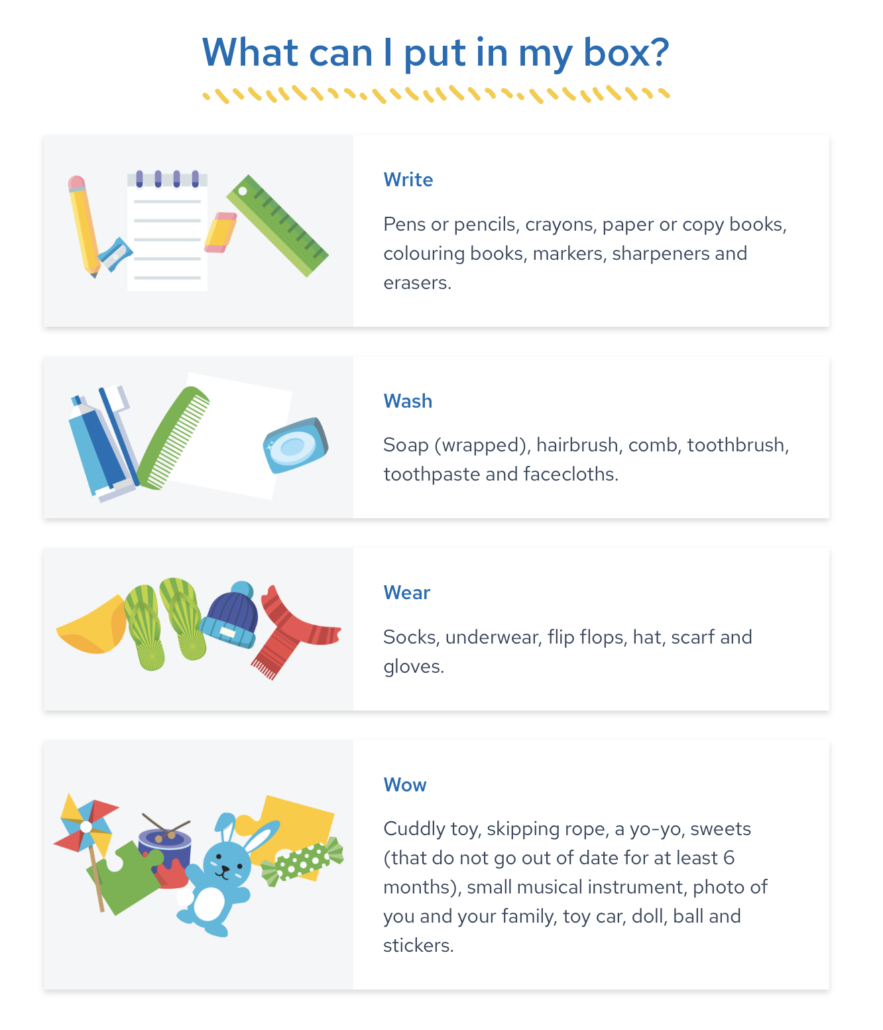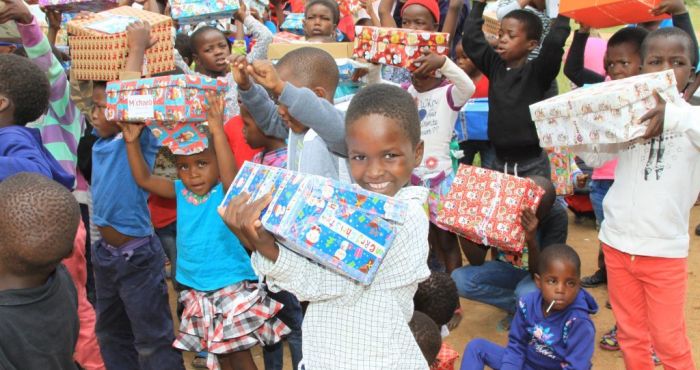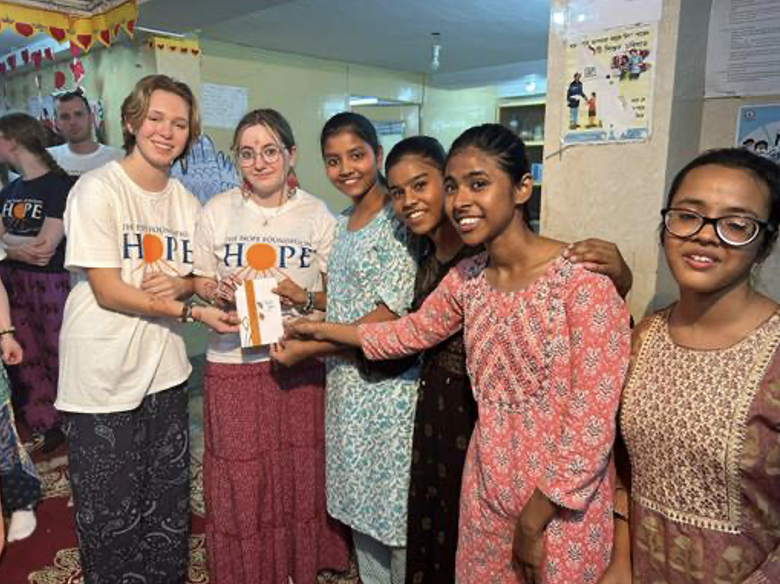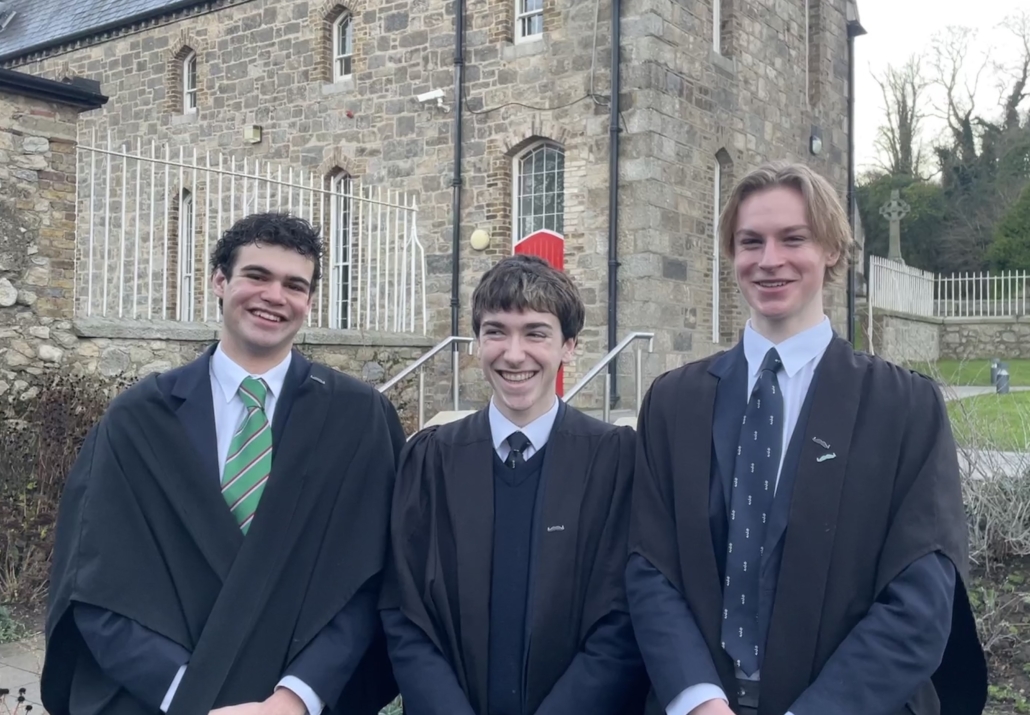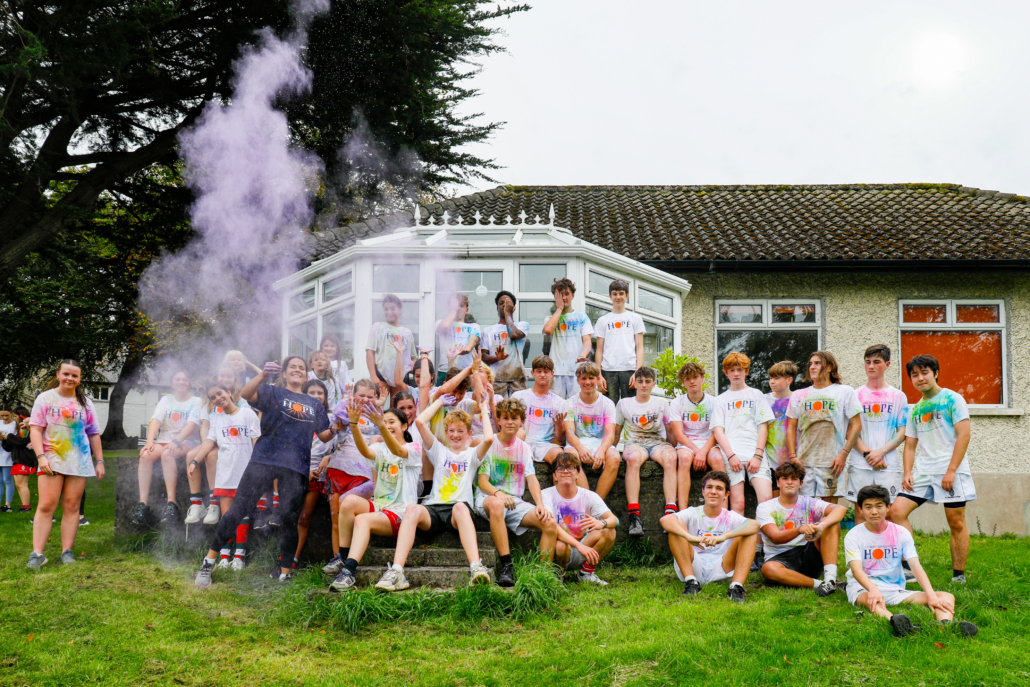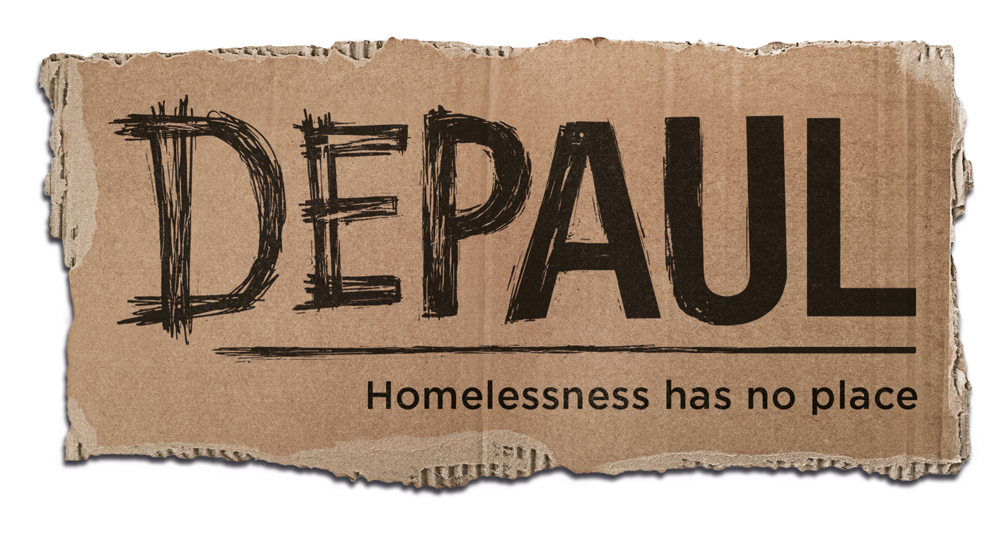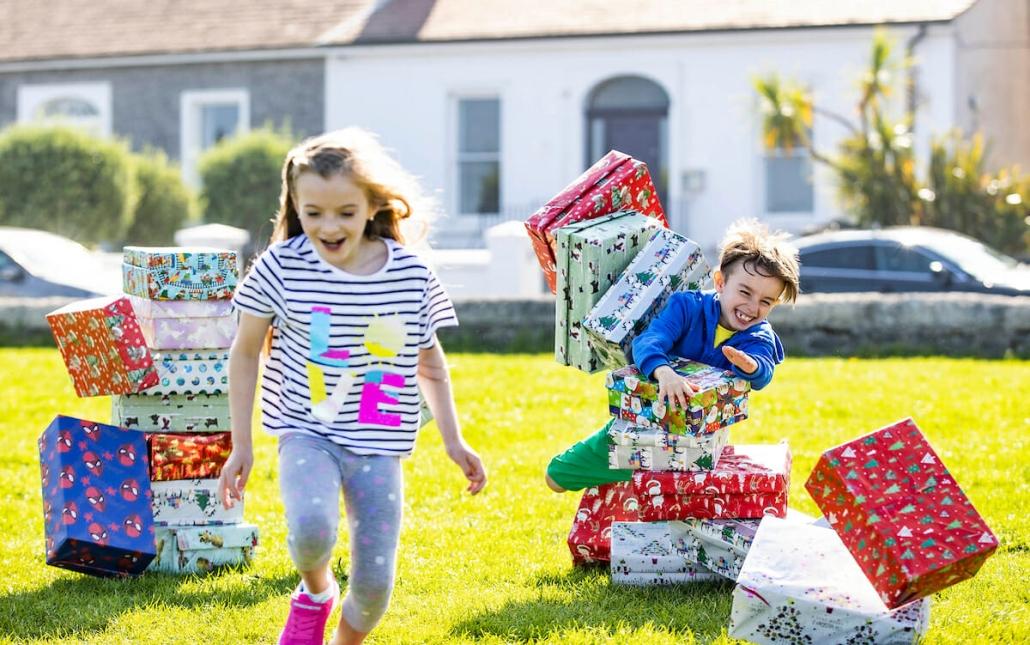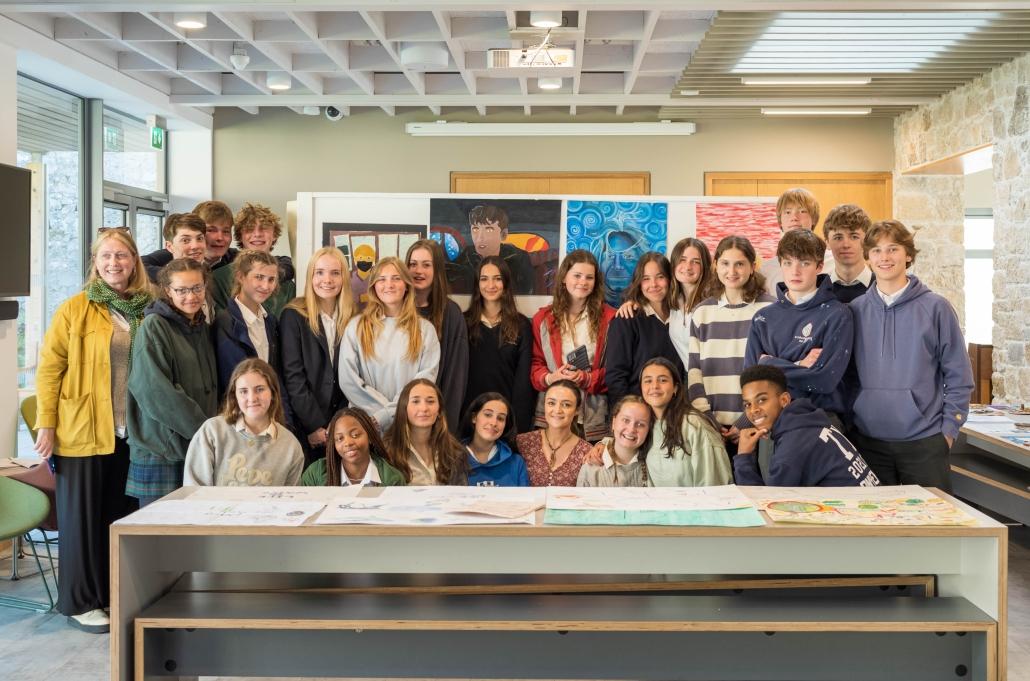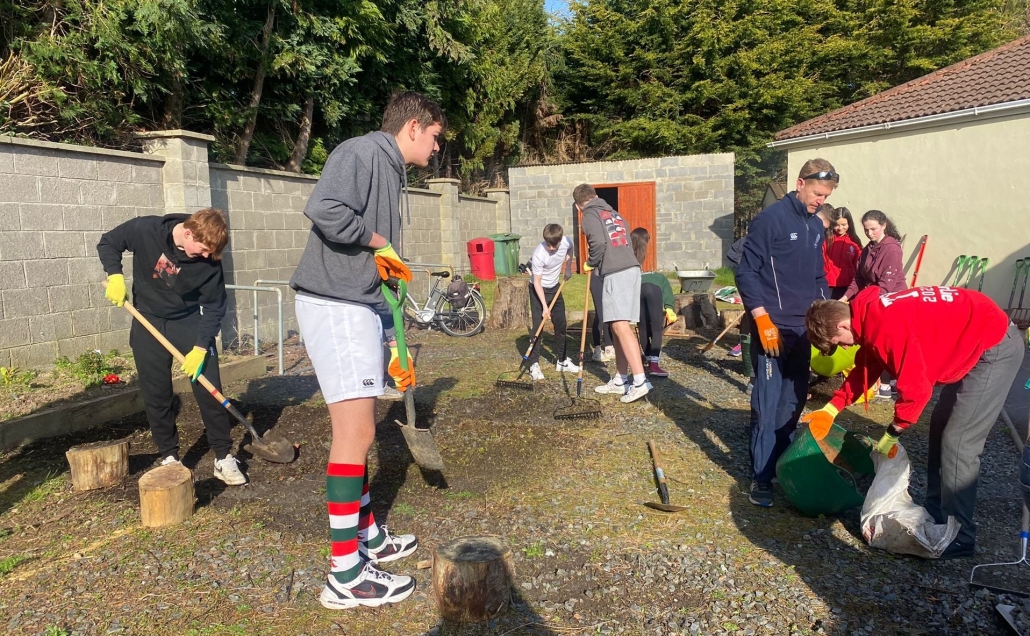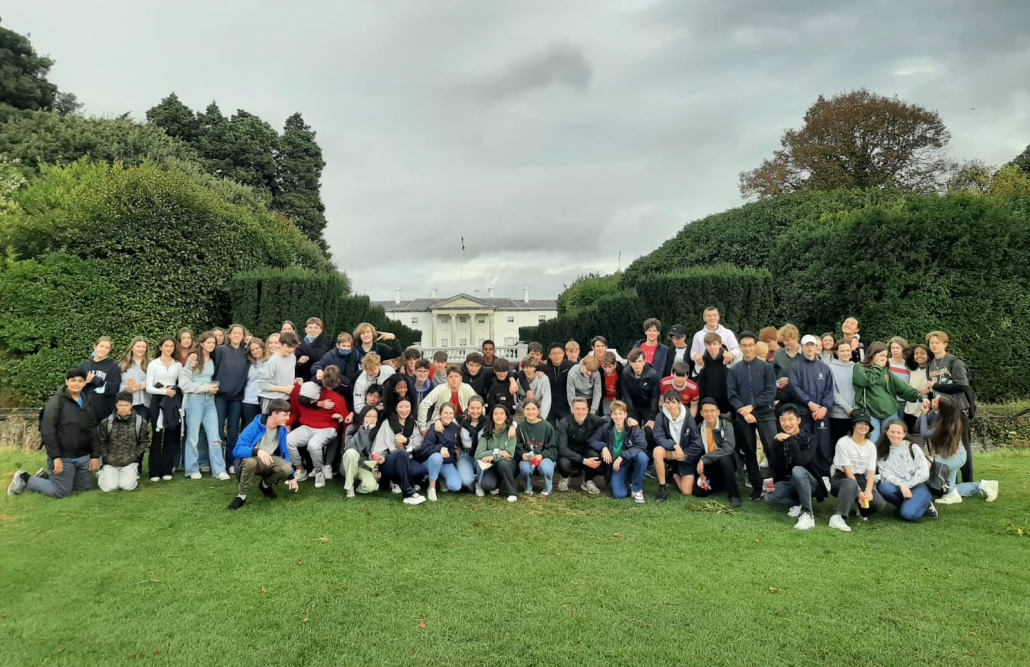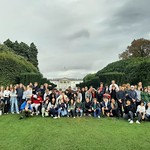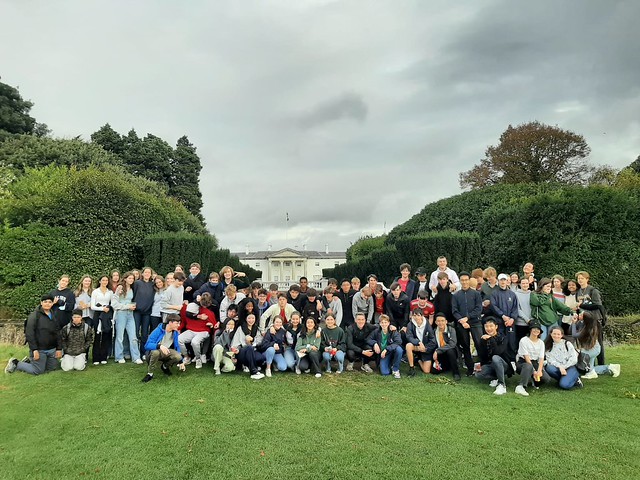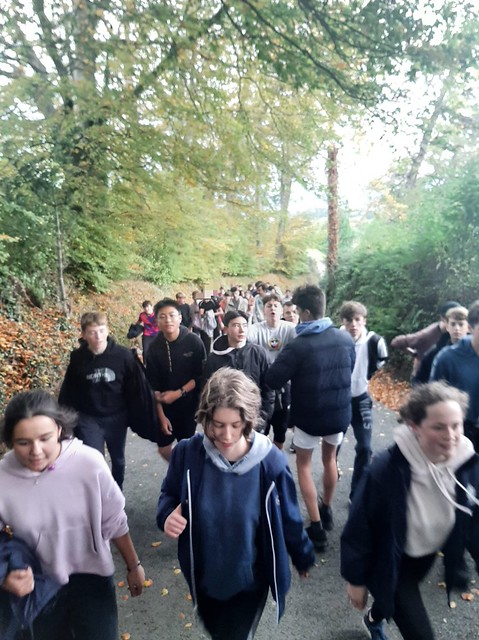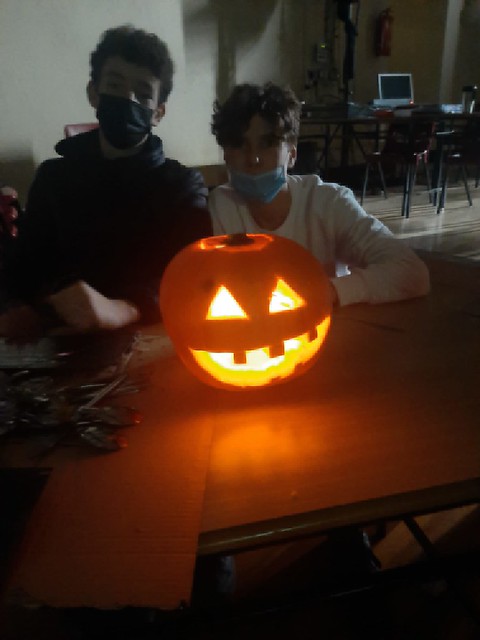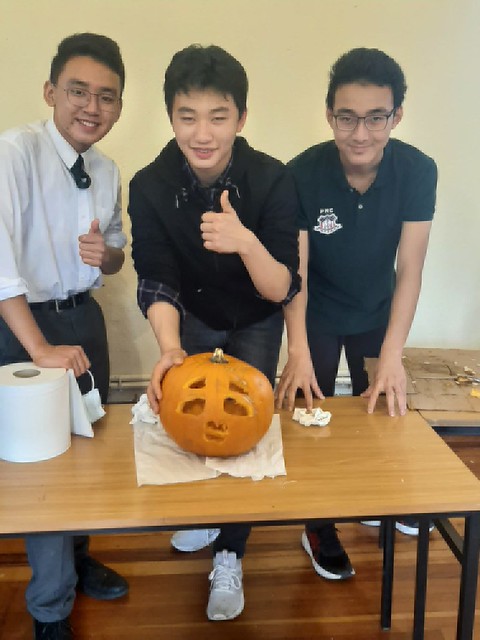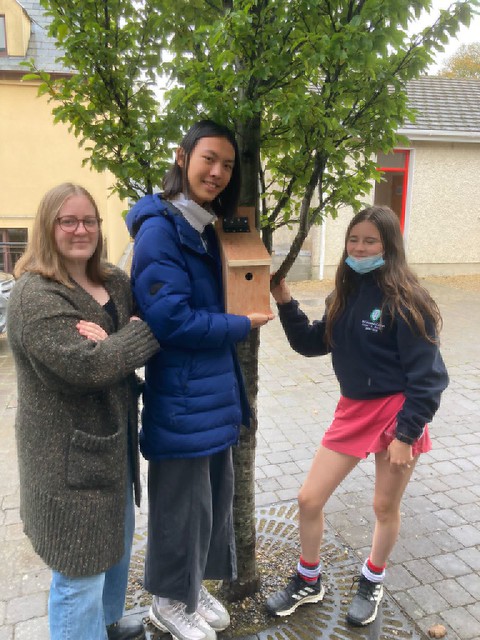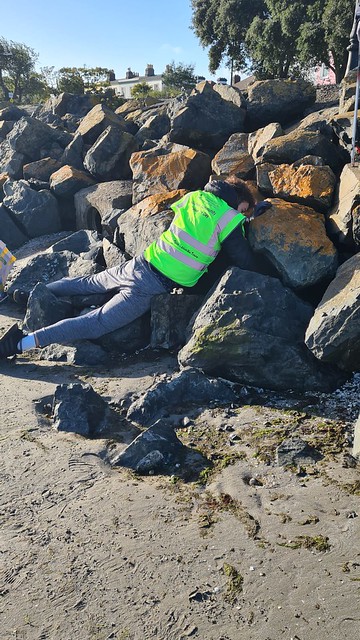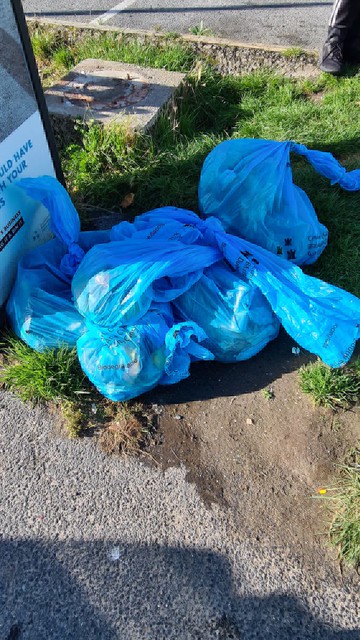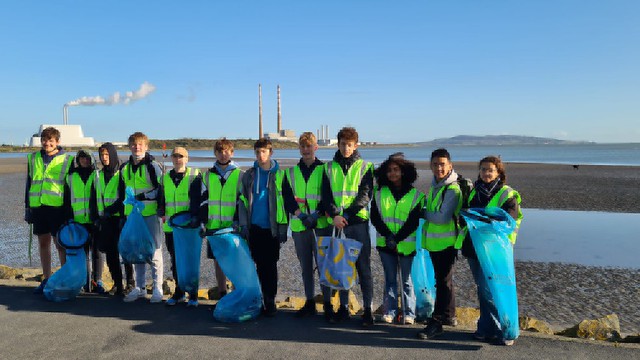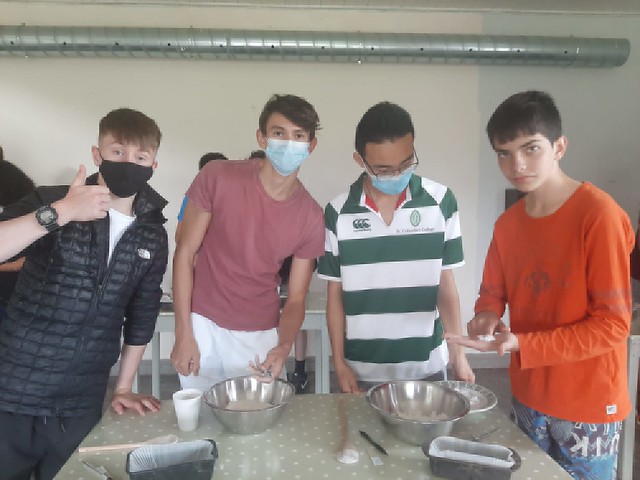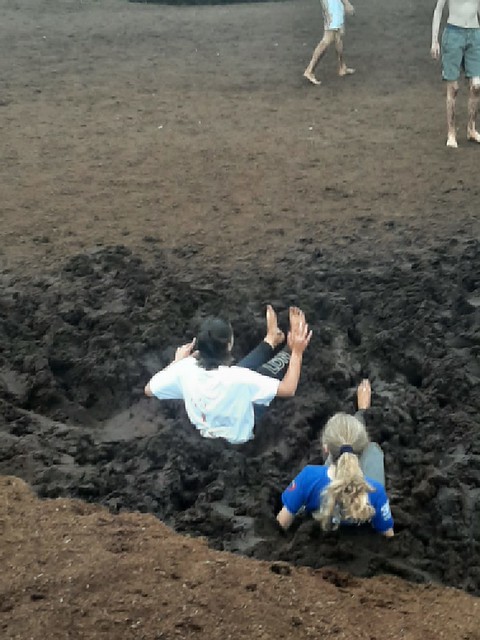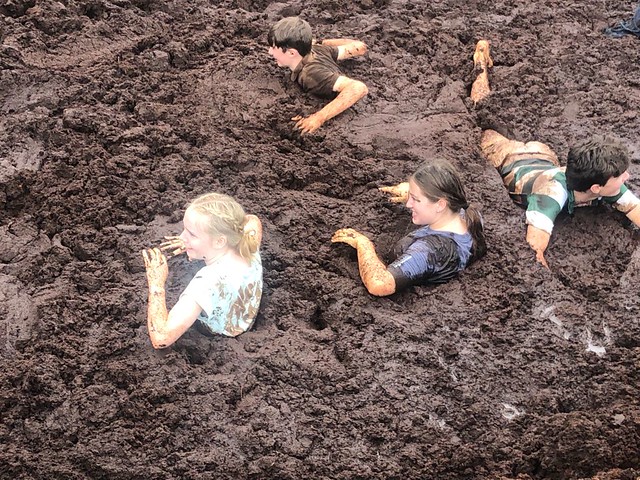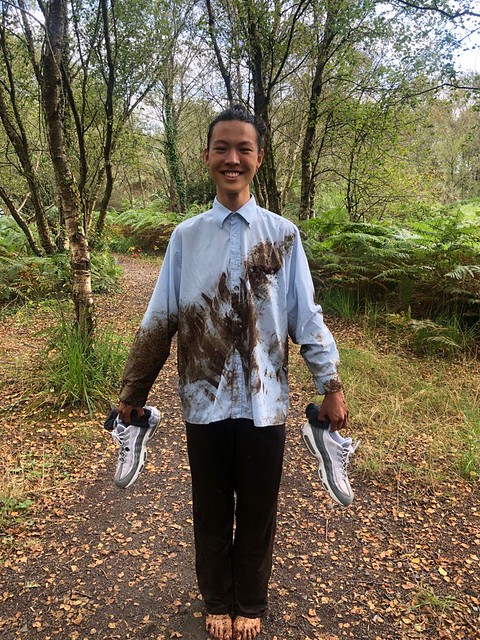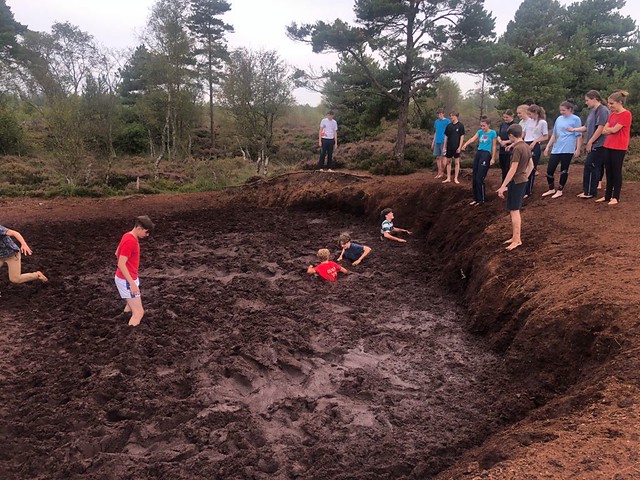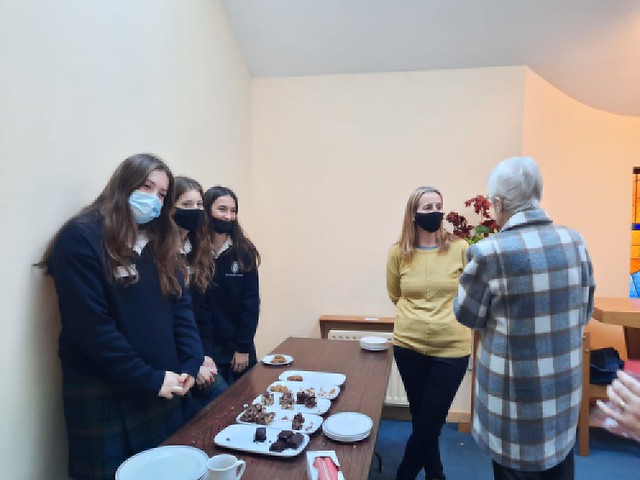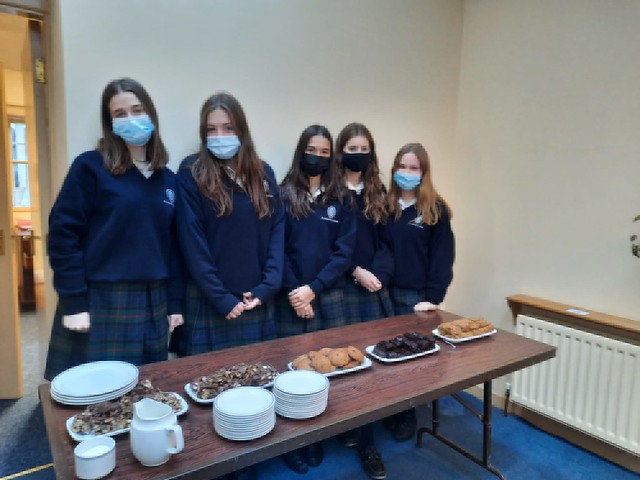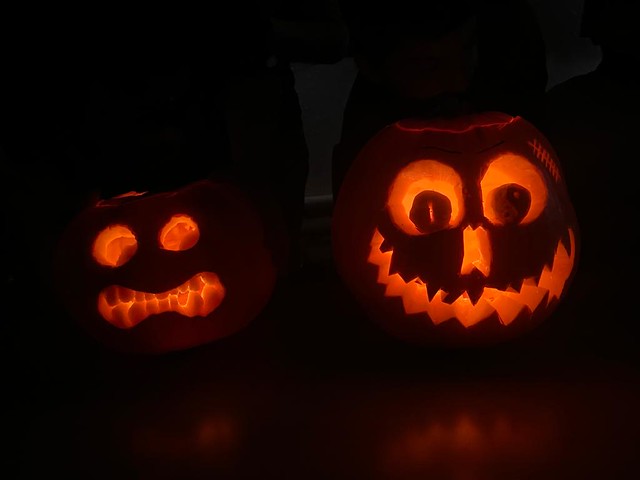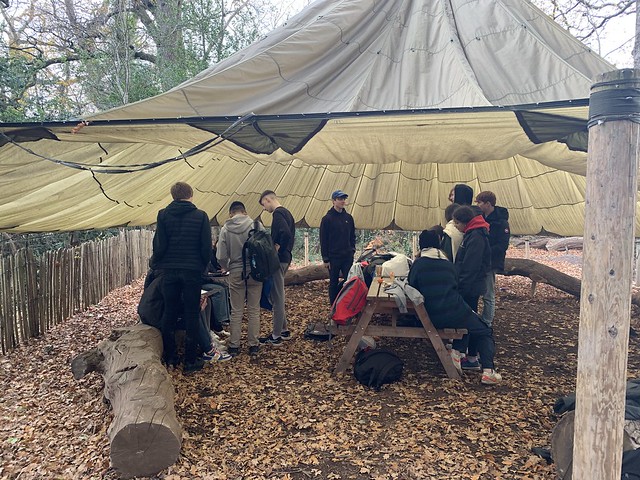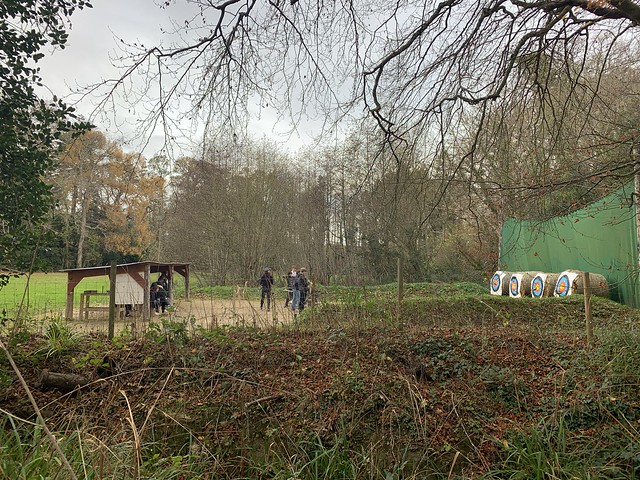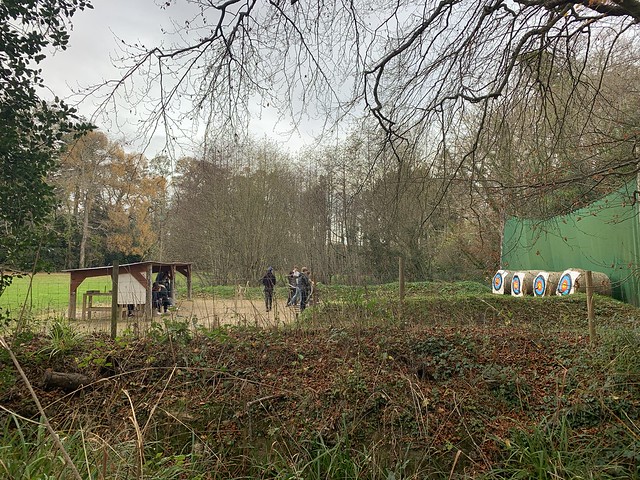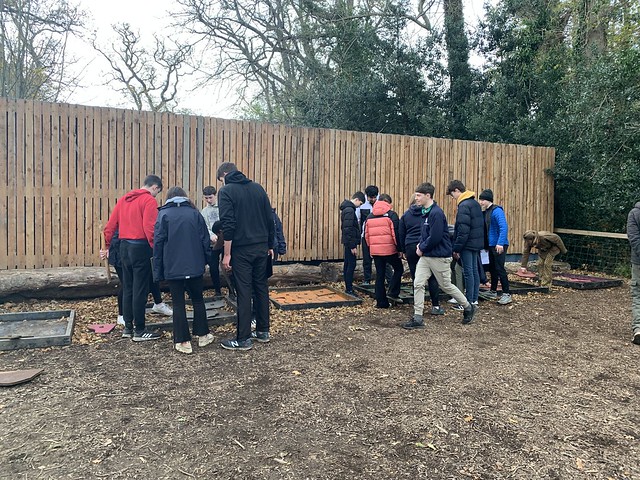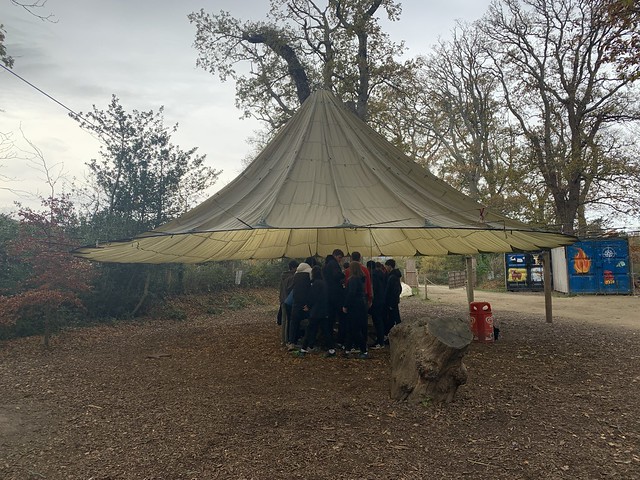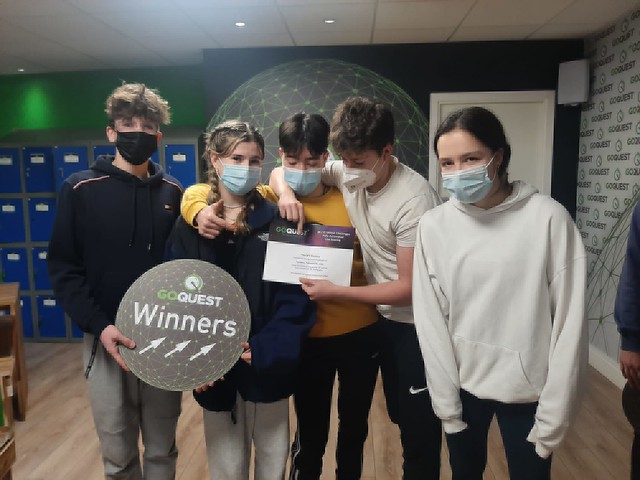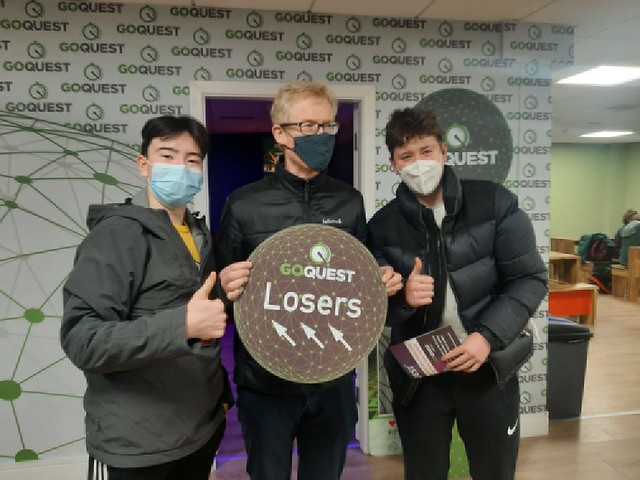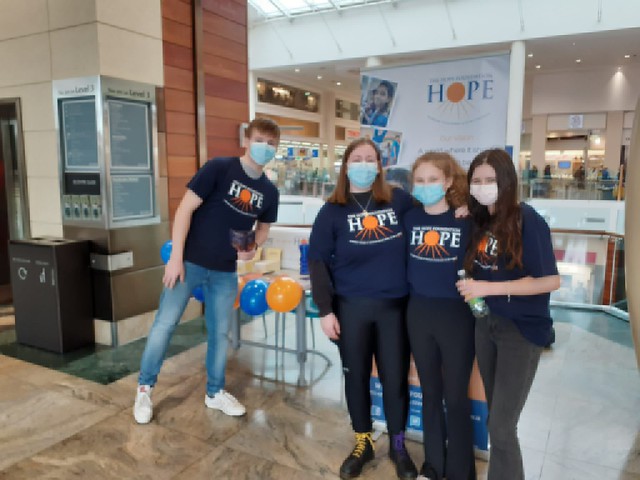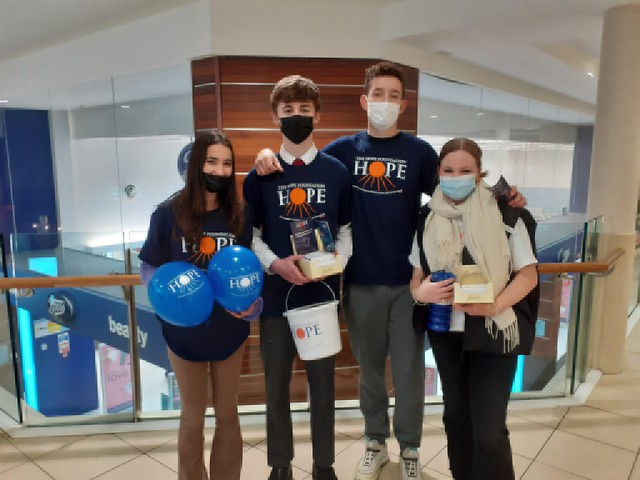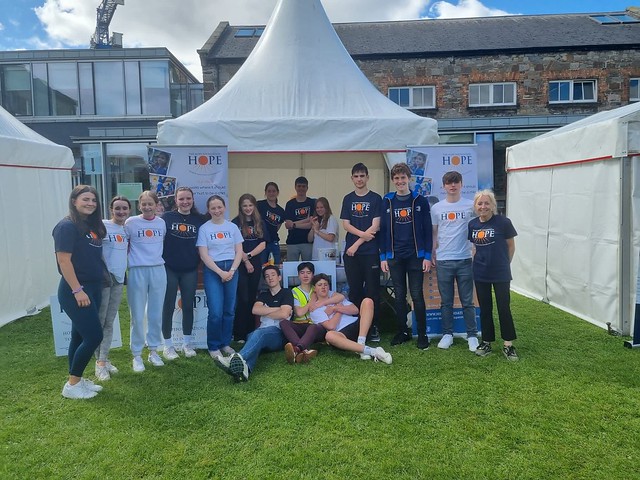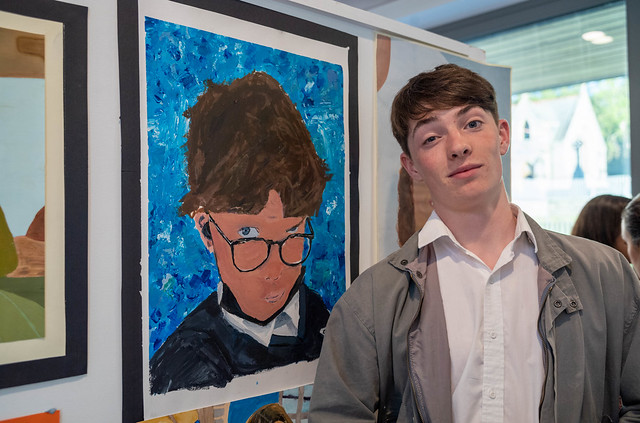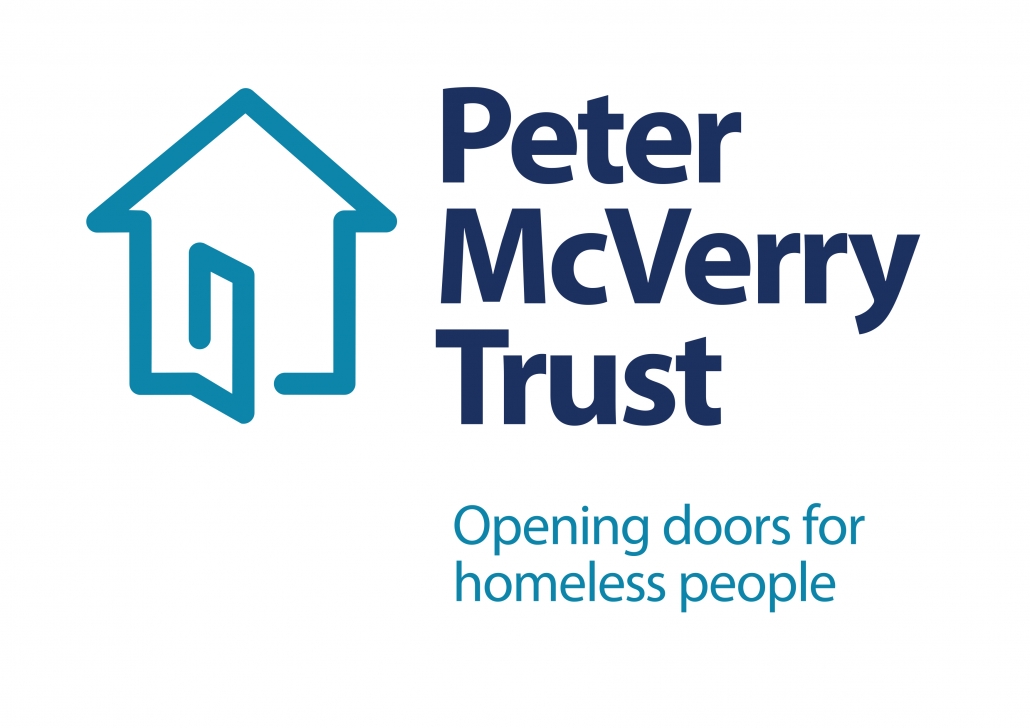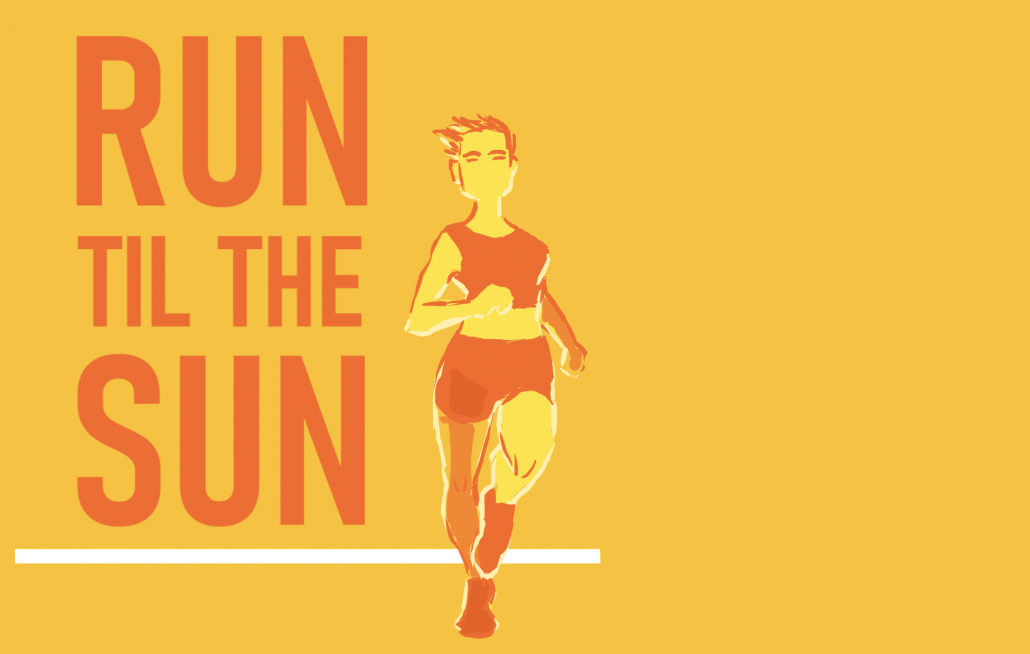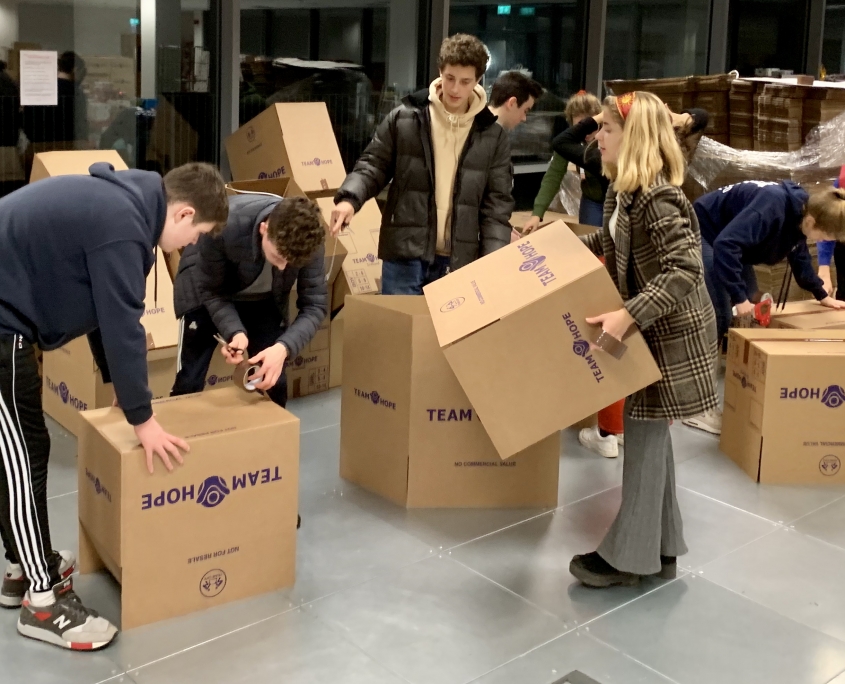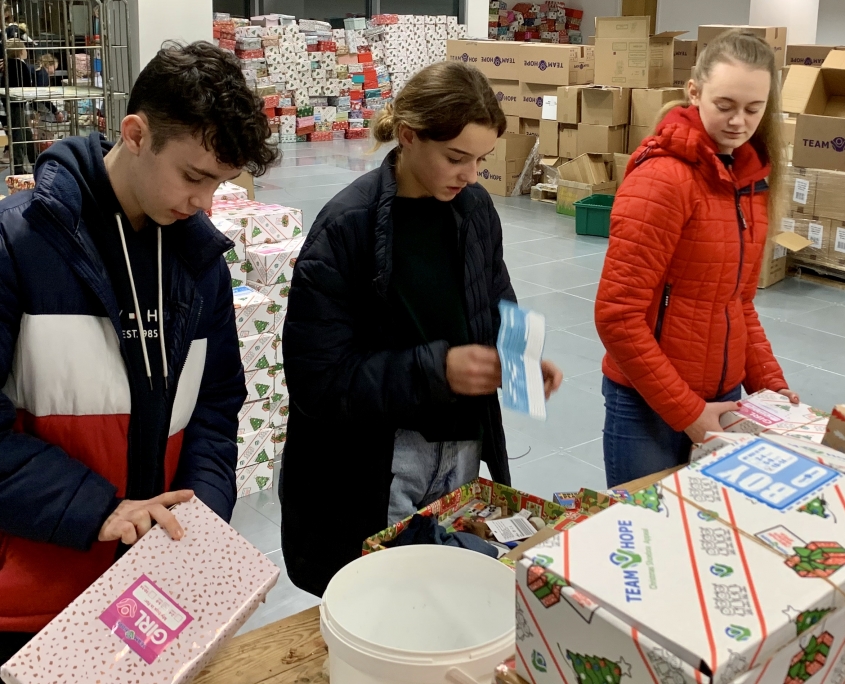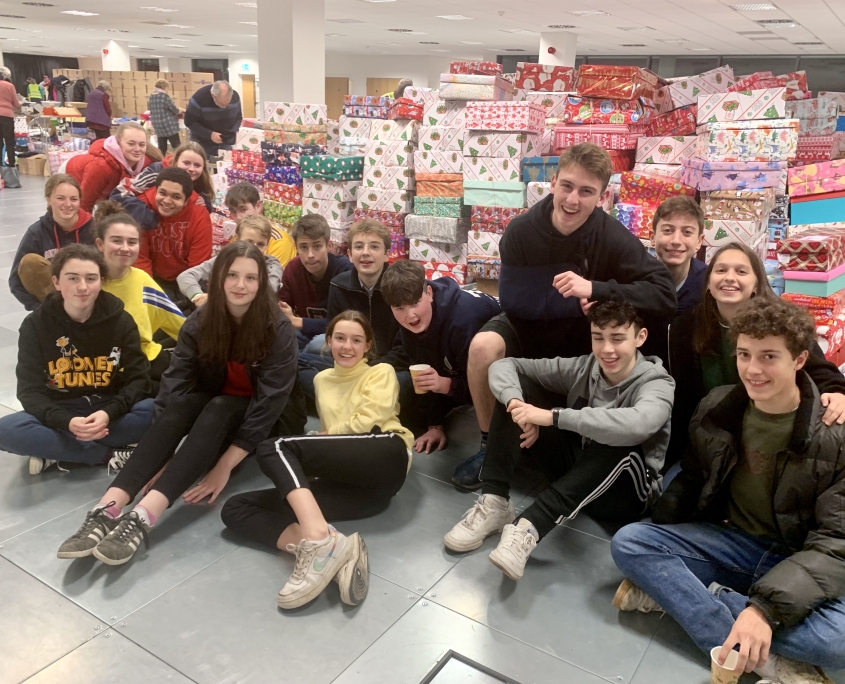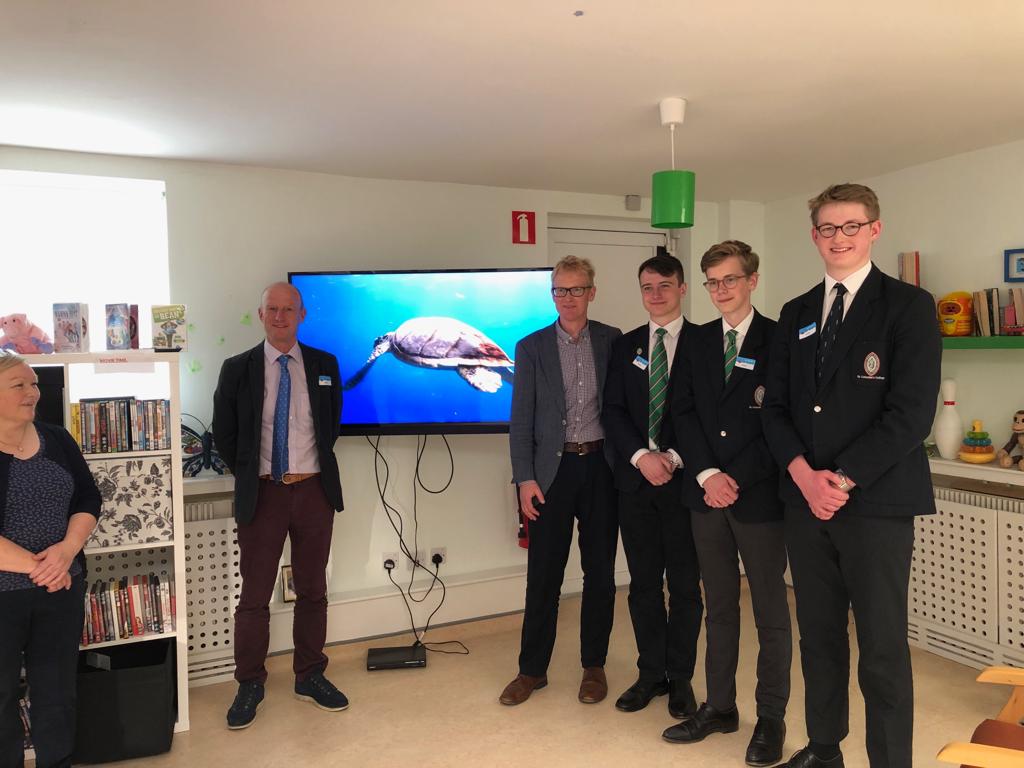Over the February half term two TY pupils, Safia Walker and Delia Brady, visited Kolkata in India with the Hope Foundation. This is their report.
On the February 8th, we began our journey to Kolkata, a city in northeast India (formally Calcutta). We arrived exhausted on the following day and, after sleeping for a few hours, we visited our first project sponsored by the Hope Foundation. The project was an orphanage for disabled children aged 0-6. While we were there they sang us a few songs and we coloured in pictures with them. That evening we went to a temple and we walked around for fifteen minutes. The next day, we visited the tomb of Mother Teresa and saw artifacts from her life and we played a football match against a boys’ team from one of the Hope Foundation’s homes. Afterwards, we had lunch at the Hope Foundation’s skills cafe where they teach underprivileged individuals skills such as tailoring, cooking, computer coding and programming. That evening we went to a local market to look around but also to buy traditional clothes for the last night. Dinner in the hotel consisted of naan bread, dahl, vegetables, noodles, rice and chicken in various spicy sauces. Each night there was an evening activity that took place in the hotel after dinner, so that night we got our henna done.
The third day was one of our favourite days. In the morning, we started off with a city tour. We visited a church, saw the Victoria memorial, which is a beautiful building near the centre of the city, dedicated to Queen Victoria. We also visited the gardens and walked along the river Hooghly. Like the day before, we played another football match, but this time with a girls’ team from a different Hope home. They had practised all week and it really showed as they beat every team they played. Our activity that night was a presentation where we watched children perform traditional dancing and we had dinner with them. On the fourth day we got up early to visit a private school outside the city and that’s where you really noticed the road difference between India and Ireland. There were cows on the side of the motorway, motorcyclists driving the wrong way down the side of the road and people just running across. At the school we were welcomed warmly and we did different activities such as yoga, traditional dancing and art. Afterwards, we went to the first of many after school clubs based in a slum. You’ll never forget the look on these kids’ faces when they see you. You’re immediately ushered over to them to talk and play. They sang and showed us dances and we exchanged stickers and toys we brought. That night we did traditional dancing, which from experience is very hard, but beautiful and certainly an experience.
The next three days we visited more schools and crèches, but they were a lot harder to visit as they were in the centre of impoverished communities. Most of the children didn’t speak English, especially the younger ones, but it didn’t matter as we handed out stickers and played with them. On the last night we had our traditional clothes and dancing competition; the girls wore Saris while the boys wore a traditional long shirt.
Unfortunately, it was the last day and we visited our final crèche and visited a girls’ home. These girls were aged 6-17 and were some of the kindest people you would ever meet. They were amazing dancers and presented us with bracelets and home-made cards. When it was time to leave, nearly everyone was in tears. Six hours later we were back in the airport ready to start the journey home and twelve hours later we were back in Dublin. It was amazing to see these kids, who despite having very little in life, were so joyous, and we even met some girls who played cricket for India under 18’s. Overall it was an amazing experience and worth every bit of effort you have to put in to go.
